Data-driven equity and environmental justice analysis
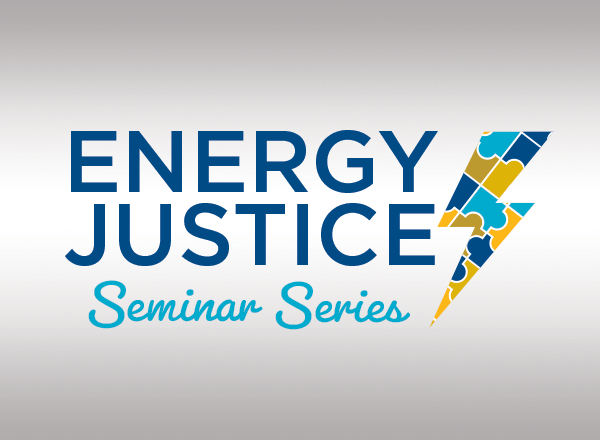
Dr. Stasio discusses data-driven approaches to understanding equity and environmental justice in the energy sector.
Community Engaged Research for Just Energy Services Transitions
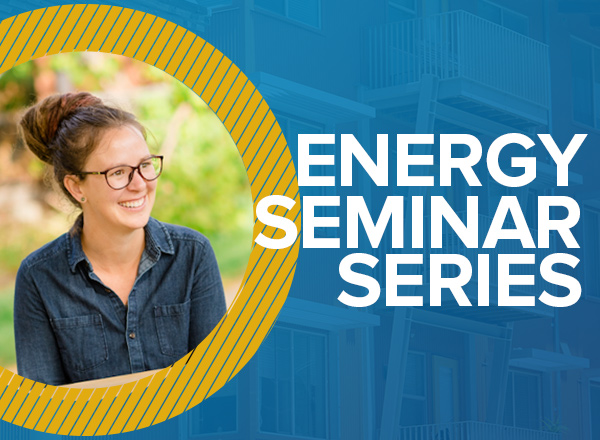
People do not need kilowatts; instead, they need the multitude of services provided by access to energy, including thermal comfort, refrigeration of food and medicine, cooking, lighting, communication, and transportation. As socio-technological systems experience rapid transitions associated with addressing climate change, inequity in access, aging infrastructures, and the negative socio-environmental consequences of current energy systems, […]
UC Davis Energy News – November 2023
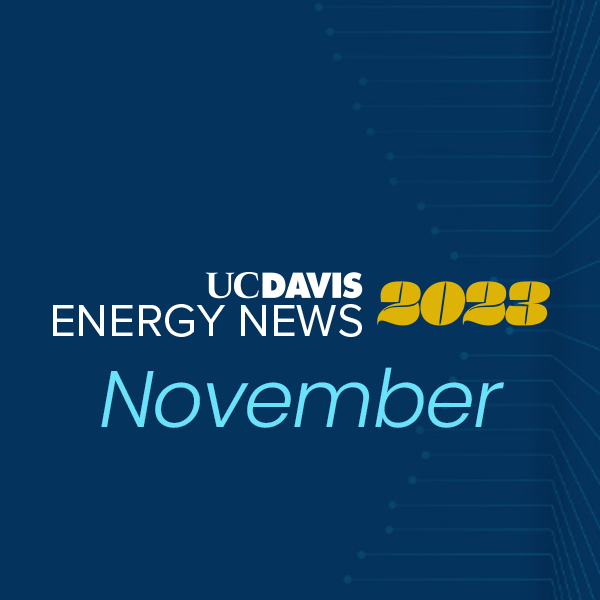
UC Davis Researchers Shine at CalFlexHub Symposium On November 3, the California Load Flexibility Research and Development Hub (CalFlexHub) held its second annual (and first in-person) symposium, bringing together experts from various sectors to discuss how highly dynamic electricity prices and load flexibility technologies can help California achieve its grid decarbonization goals. Among the distinguished […]
How Algorithms Can Impact CO2 Control and Air Quality

Maintaining a healthy indoor environment involves more than just temperature control; it’s also about balancing energy efficiency and air quality.
Prioritizing People: Ethical Imperatives in Energy Research

The field of energy research has made remarkable strides, ushering in innovative technologies and policies that shape our future. But beneath the progress lies an ethical responsibility that cannot be overlooked: protecting the people who participate in this research.
GEM Workshop Unearths Treasure Trove of Ideas
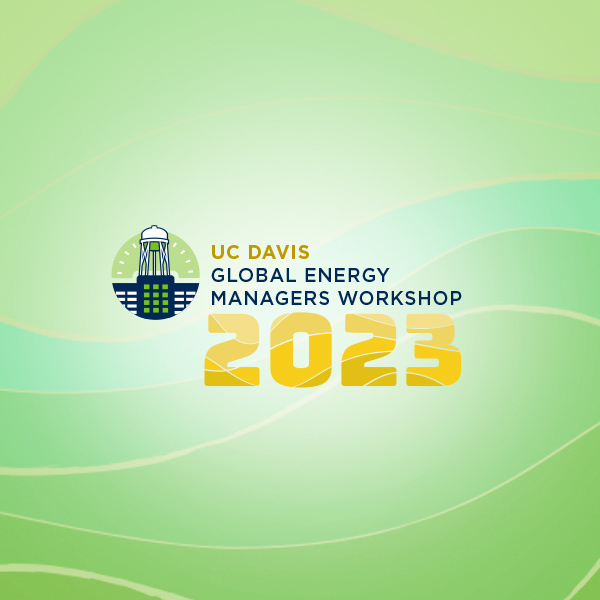
On November 2, UC Davis hosted the fifth Global Energy Managers (GEM) Workshop, bringing together facility managers, students, and faculty from around the world to discuss energy management, carbon reduction strategies, and community engagement.
Community-Owned Broadband – How Electric Co-ops Are Leveraging the Energy Transition to Bridge the Digital Divide

The digital divides hits rural and marginalized communities hardest. Big Broadband providers claim broadband doesn’t “pencil out” in these communities. Yet America’s electric co-ops are filling the void and bridging the digital divide, providing high-speed, world-class broadband in some of the countries most economically challenged communities.
Scaling Grid-Edge Upgrades with Inclusive Utility Investments
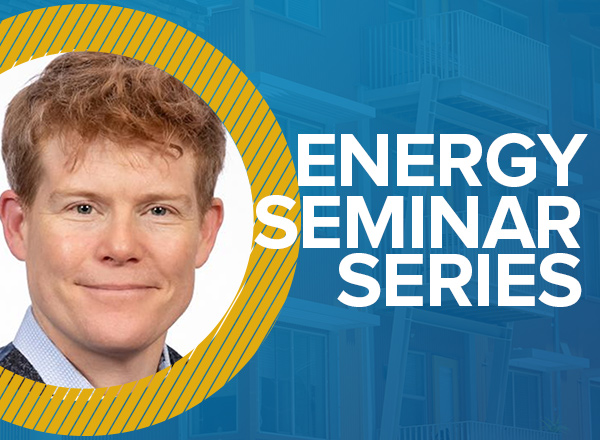
What would happen if money-saving energy upgrades could be installed in any sound building without upfront costs or occupants taking on a debt obligation? California’s utility regulators recently ordered investor-owned utilities to develop a tariff for inclusive utility investments, answering a key recommendations in the state’s 2019 Energy Efficiency Action Plan and the CEC’s landmark […]
Electrochemical Wastewater Refining for Circular Chemical Manufacturing
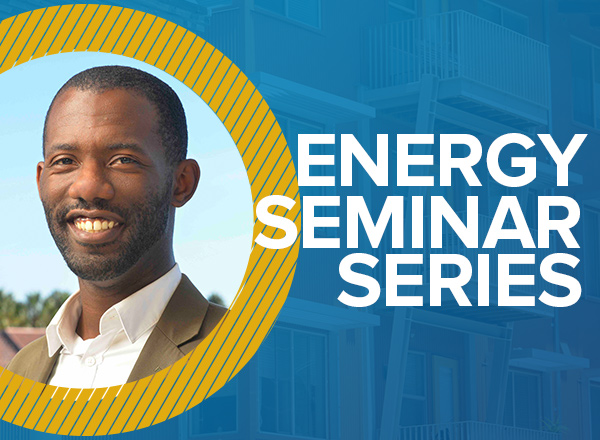
Energy and water are two critical interdependent systems that impact environmental quality and require urgent innovation. Mining critical materials for energy storage requires large freshwater inputs and introduces pollutants to aqueous environments. Treating wastewater and producing potable require substantial energy inputs. Electrochemical wastewater refining, or the generation of tunable product portfolios from waste streams, can […]
UC Davis Energy News – October 2023
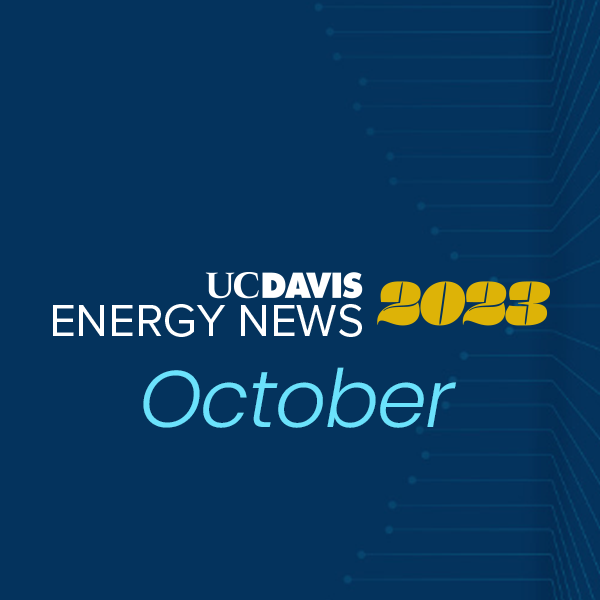
We’re thrilled to kick off the fall quarter with boundless energy and enthusiasm here at UC Davis Energy Graduate Group! As we kick off a new academic year, we’re looking forward to embracing fresh opportunities, collaborative initiatives, and exciting projects together.

